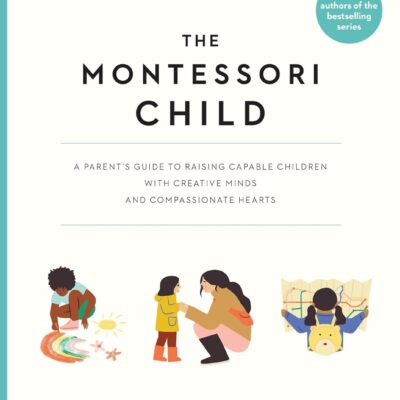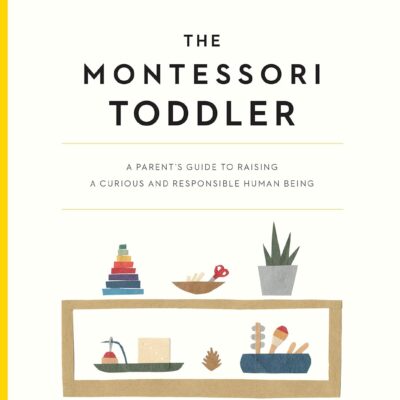By Aleta Ledendecker
Within our Montessori schools, we should remember that communication is one of the keys to creating a true community. The stronger the sense of community, the more our children will benefit.
There are many lines of communication among the teachers, parents, administration and children. It is easy to take communication styles and modes for granted, but in a community of respect it is important to consider the effects of all communication, whether face-to-face, on the telephone, by email, surface mail, or newsletters, and among all constituents.
Most people consider face-to-face communication the most reliable as far as understanding the intent of the person “sending” the message, but even in that mode, it is easy for misunderstanding to occur. Clear communication requires skill on both the sending and receiving ends. The Center for Nonviolent Communication (CNVC) has some excellent resources for speaking from the heart and listening empathetically. Visit www.cnvc.org for more information.
A good rule of thumb for any kind of communication is to send only those messages that you would say to a person in a face-to-face conversation. Or if you are tempted to say something about someone, stop for a moment and consider how the person would feel knowing that you had said whatever you are considering sharing about them. If you are sure that only pleasure would result from what you say, by all means go ahead. If not, keep those thoughts to yourself. If you want to complain about something stop to remember appropriate ways to address those conflicts that arise in normal human relationships.
It is essential to bring complaints directly to the person or group with whom you are having a problem. This is what we teach the children and we adults must be diligent in following the same rule if we want our children to learn by example. Complaining to others does nothing to help solve the problem, and only serves to make the problem more difficult to solve. There are four easy steps to sharing what is bothering you. This is the basis for sharing from the heart as advocated by CNVC. Even children can learn these steps, so they must not be too difficult!
- Make an observation about what has happened. Observations contain no evaluations, ‘shoulds’, or ‘need-tos’.
- Share how you feel as a result of what you observed.
- Outline what you need. (Needs are fairly basic to all folks.)
- Make a specific request of the party with whom the conflict has arisen.
After these steps listen carefully. If necessary, repeat the above steps until everyone feels heard and respected.
Listening empathetically is also based on observations, feelings, needs, and requests, but from a different viewpoint. Sometime the person “giving” the message does not understand all these components of compassionate communication. When that is the case, the listener can help reframe the communication along these lines. Reframing involves reflecting the communication back to the sender for verification at each step. This helps the speaker feel heard and accepted, an important component of clear communication.
Another important part of communication is to be sure you have your facts correct before sharing information with anyone. When in doubt, verify the accuracy of your intended statements. Speculation about others ma can be very damaging. It is far better to remain silent then to start or feed a rumor mill. And should a rumor get started, stop it in its tracks by demanding verification from the source. Don’t play into the hands of gossip-mongers.
These simple policies will go far in helping the community of our Montessori schools stay connected and caring.
Aleta Ledendecker is the Director of the New Horizon Montessori School in Louisville, Tennessee, USA her email address is aletaledendecker@earthlink.net
Montessori Leadership Online • October, 2007






